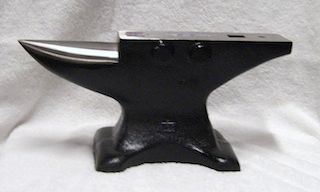Yes,that would be about the only way to do it,Rolly. If the billet of mahogany was ripped,dadoed,and glued back together with the pieces in original alignment,it would have been a bit hard to see the glue line. There was a brass ring atop the column of the adjustable height ones,with a brass thumb screw throughout it to bear against the square rod and hold it together.





 Reply With Quote
Reply With Quote




